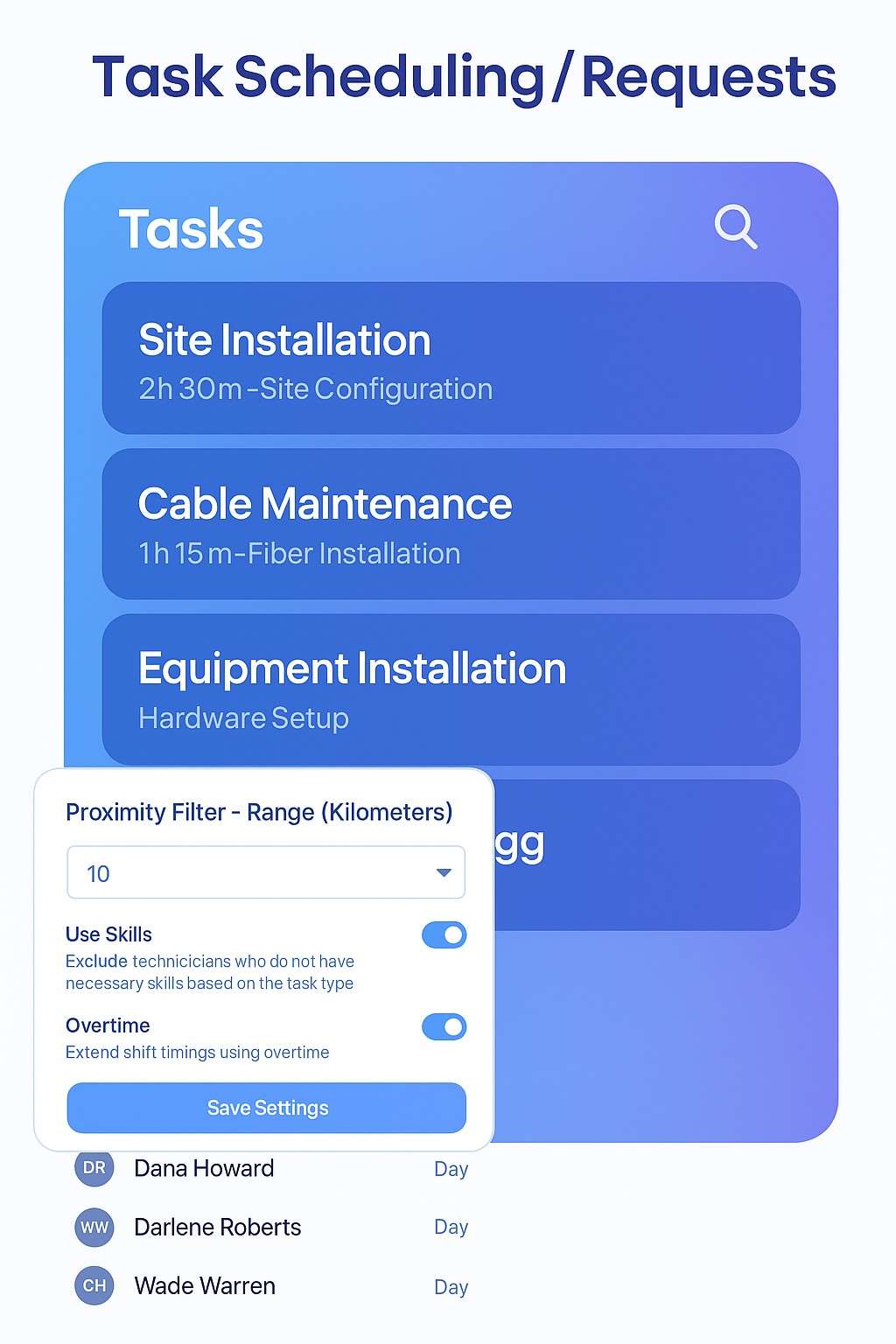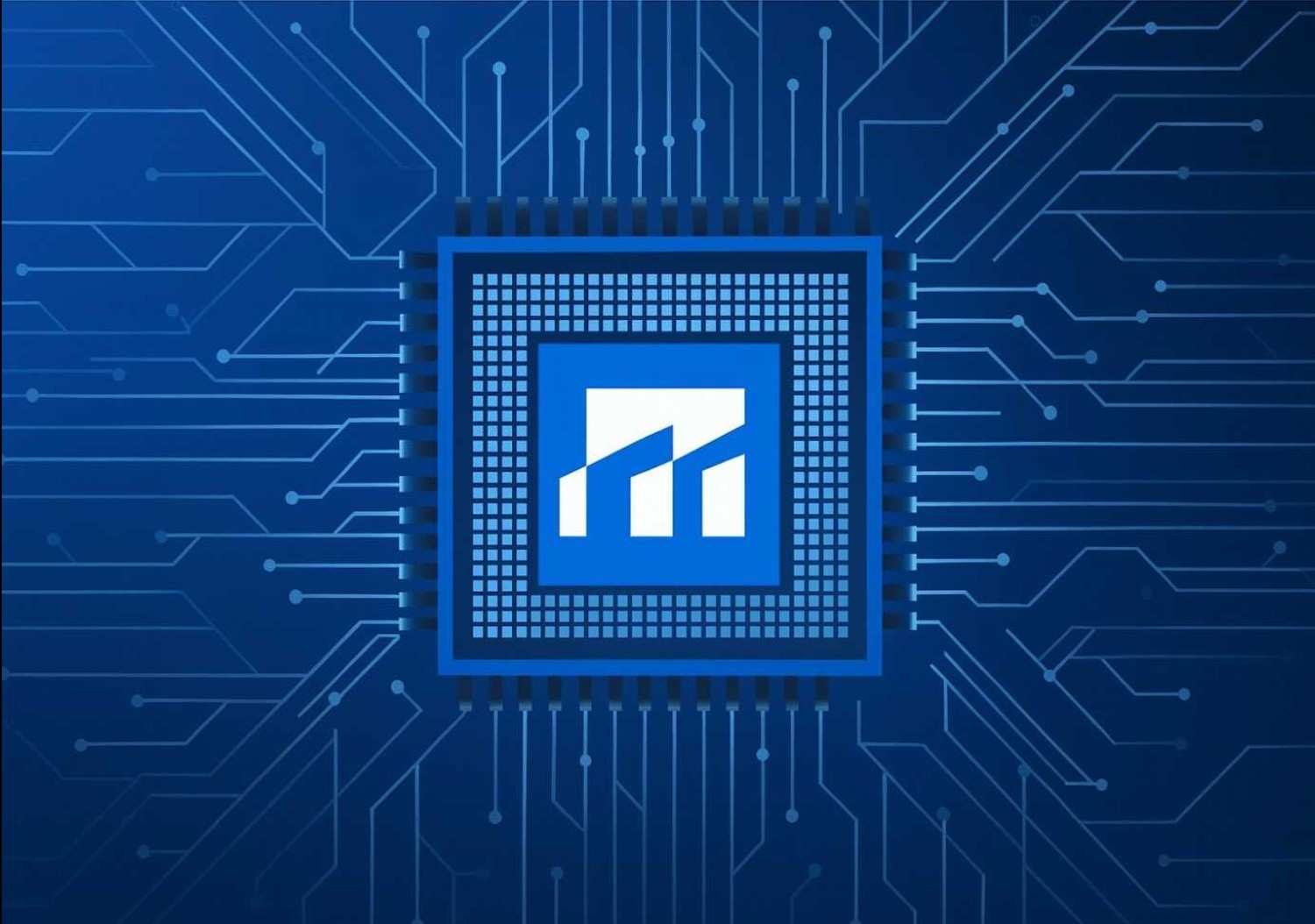HR Workflow Automation: MergePoint for Payroll Efficiency

Most HR teams still rely on manual timesheets, spreadsheets, and paper trails to capture employee hours, calculate overtime, and adjust payroll. This outdated approach creates a cycle of delays and rework: unstructured logs, miscalculated hours, late approvals, and mismatched records. Teams spend countless hours reconciling discrepancies instead of focusing on strategic initiatives. That’s where HR workflow automation steps in.
What Is HR Workflow Automation
At its core, HR workflow automation refers to using software tools to manage repetitive HR tasks such as time entry, overtime authorization, and payroll data preparation without manual input. Instead of paper forms or Excel sheets, everything happens in smart, automated systems.
Automation in workforce management is no longer optional. It’s essential. Companies that use automation see reduced errors, faster processing times, and stronger compliance. In fact, research shows that organizations adopting automation can reduce process time by 30–50% and errors by up to 75%, while also improving compliance and customer experience.
MergePoint AI brings that power into practice. It offers no‑code smart forms, automated calculations, workflow flags, and API or export-based sync with HRIS or payroll systems. All this happens within a single platform designed specifically for HR teams in operational environments.
Common Payroll Challenges in HR Teams
Even the most well‑intentioned HR departments run into major hurdles when processes stay manual:
- Inconsistent OT logs & time tracking - Sites and supervisors use different forms or formats, making it hard to compile and validate overtime data centrally.
- Delayed or incorrect payroll adjustments - When timesheets arrive late, payroll teams rush to calculate overtime or correct errors. This often leads to mispayments or missed adjustments.
- High administrative workload - HR teams spend hours re‑entering data, chasing approvals, and cross‑checking timesheets, which burns time and increases fatigue.
- Risk of non‑compliance - Missing approvals, incomplete logs, or miscalculated overtime can expose organizations to legal and regulatory risk.
These challenges translate into payroll disputes, compliance violations, frustrated employees, and excessive HR overhead.
How MergePoint Automates HR Workflows
1. Smart Time Tracking
- Digital input channels: Workers submit hours via simple web forms, messaging apps like Viber, or by scanning QR or bar codes at job sites.
- Structured data capture: Each entry is tagged with role, team, site, shift, and cost center ensuring consistent, organized data ready for calculation.
- Mobile-first experience: Ideal for remote and field teams, the system works even on basic smartphones or tablets.
2. Automated Payroll Calculations
- Built-in OT multipliers: MergePoint applies site‑specific overtime rules automatically no manual math required.
- Payroll-ready summaries: It produces cost-per-unit or labor-cost breakdowns along with total hours, ready to feed into HRIS or payroll tools.
- Error reduction: Automated logic eliminates human miscalculations and overlooked rules.
3. Approval Workflow Integration
- Auto-flag missing approvals: Supervisors automatically receive reminders if a time submission lacks authorization.
- Configurable approval chains: You can define multiple approval layers or conditional routes (e.g. team leads before central approval).
- Seamless system sync: Approved data is sent directly to payroll or HRIS via API or CSV, removing manual export/import steps.
4. Real-Time Dashboards for Visibility
- Centralized labor tracking: HR and operations teams can view overtime, cost centers, and submissions by site in real time.
- Custom dashboards: Build reports tailored to payroll managers, finance, or field supervisors.
- Alerts and exceptions: The system highlights anomalies over-hours, duplicate entries, or missing approvals for quick resolution.

Measurable Impact of Using MergePoint
When implemented fully, MergePoint consistently delivers measurable improvements:
Payroll accuracy improves from ~70% to over 98%: Automation reduces miscalculations and manual data errors.
OT submission delays shrink from 2–4 days to same-day: Workers submit hours in real time, approvals happen quickly, and data is available immediately.
HR admin workload is halved or more: Data entry, reconciliation, and chasing approvals become significantly less time-consuming.
Fewer payroll disputes, stronger compliance: Clear submissions and approval audit trails reduce the risk of errors and legal exposure.
These metrics align with findings from credible sources like the Harvard Business Review, which reports that workflow automation can cut administrative time by 40–50% and drastically improve data quality in enterprise settings. Other surveys show that firms using digital HR tools reduce payroll discrepancies and compliance issues substantially.
Why HR Teams Should Adopt Automation Now
The Cost of Inaction
Delaying automation keeps HR stuck in manual inefficiency. That means higher error rates, slower payroll cycles, frustrated employees, and missed compliance requirements. As companies scale, these inefficiencies compound and the administrative cost grows.
Supporting Scalability & Workforce Agility
Automation tools like MergePoint make it easier to manage a growing or distributed workforce across multiple sites, roles, or shifts. Whether you add new teams or scale operations geographically, the system adapts quickly.
Fast, Low-Risk Integration
MergePointi integrates with most existing HRIS or payroll platforms through APIs or simple exports. Deployment typically takes just days to a couple of weeks. You avoid disruptive migrations and can run automated workflows fairly quickly.
Improved Visibility and Control
With real-time dashboards and alerts, payroll and compliance teams gain centralized oversight across sites. That allows early detection of anomalies, faster responses to payroll issues, and better forecasting of labor costs.
FAQs
1. Why should HR teams consider automating their workflows?
Automating workflows removes manual time tracking, approval delays, and payroll errors saving time, improving accuracy, and strengthening compliance.
2. How does MergePoint.ai improve payroll accuracy?
It applies pre-set OT rules automatically, flags incomplete submissions, and syncs clean data to payroll systems to eliminate errors.
3. Can MergePoint.ai integrate with my current HR software?
Yes. MergePoint supports API integration and CSV exports that work with most HRIS and payroll systems.
4. How fast can MergePoint be implemented?
Many clients go live in just days or a couple of weeks. You get basic dashboards and workflows up and running quickly.
5. Is it suitable for field or remote teams?
Definitely. With mobile-friendly inputs like QR or Viber-based forms, MergePoint works seamlessly for decentralized and remote workforces.





